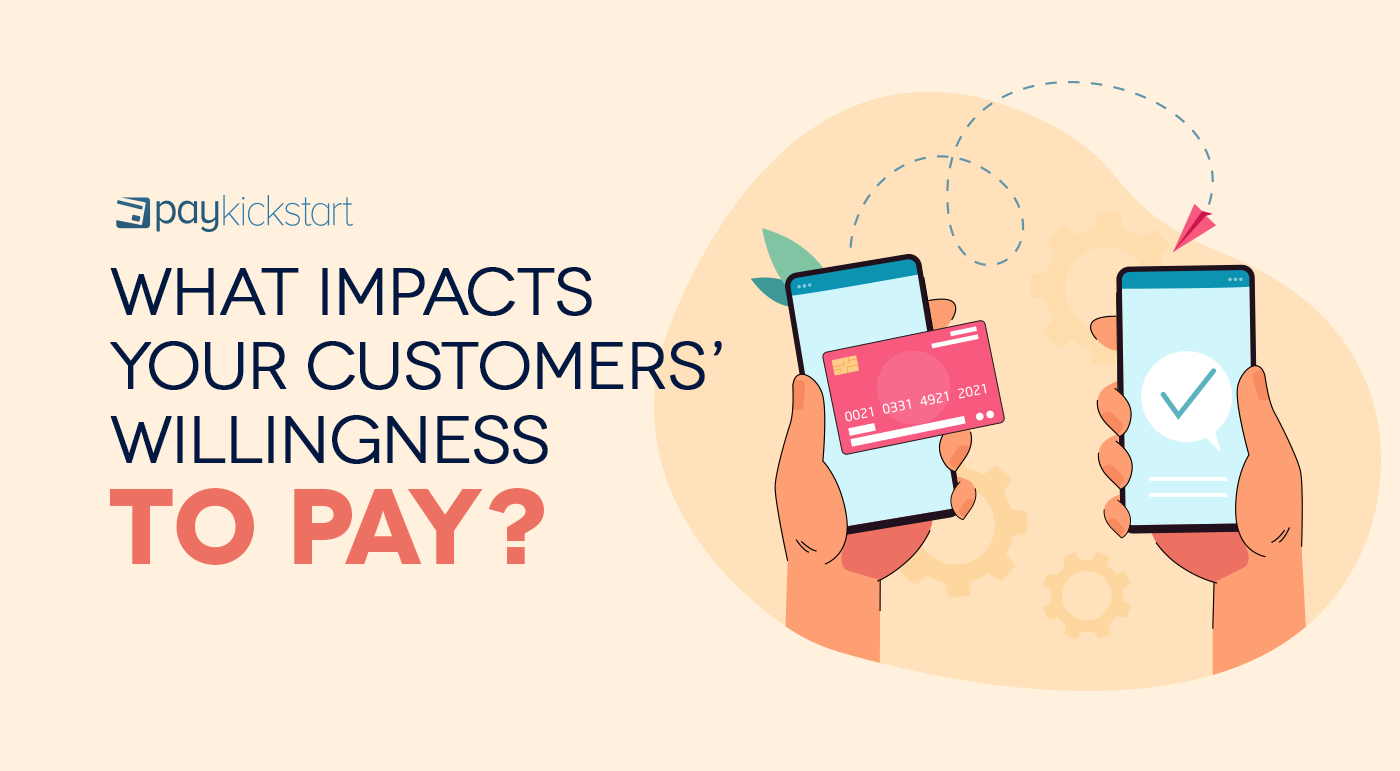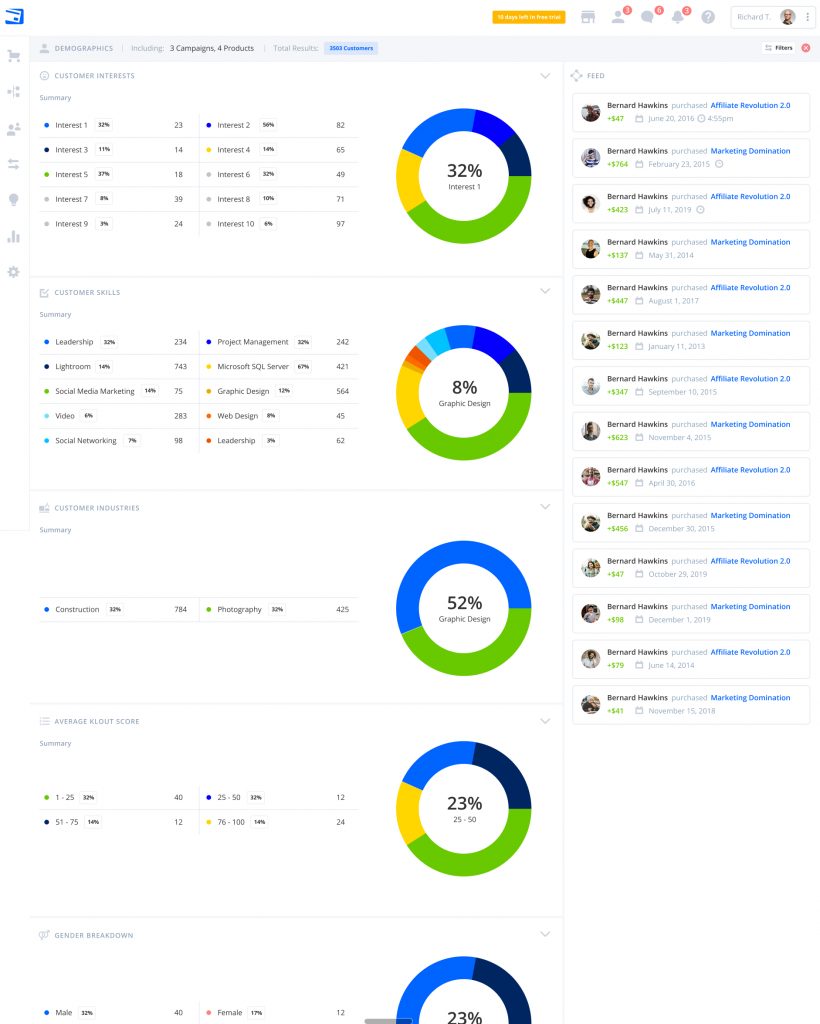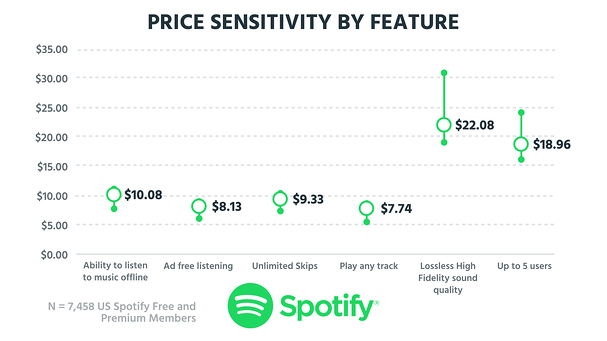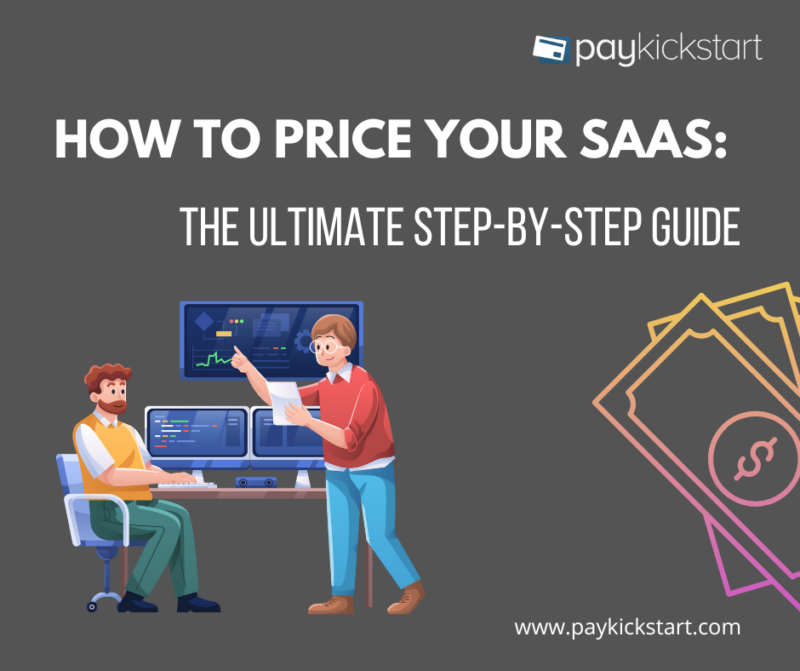Subscription growth hack (by PayKickstart)
Facebook Group - 3,932 members
Visit Group
Pricing your product well is the first and crucial step to making your business profitable.
There are a lot of factors that you should keep in mind when creating your pricing strategy and your customers’ willingness to pay is one of the key components of it.
As obvious as it may sound, willingness to pay (sometimes referred to as WTP) reflects the maximum amount of money (or a price range) your target customer is prepared to pay for your product.
Willingness to pay can fluctuate and change over time depending on the economy, competitive landscape and product relevancy to current demand.
Demographics
Your customers’ age, income, background will naturally impact their willingness to pay.
PayKickstart provides a detailed demographic for your current customer base allowing you to better understand who your customers are. The feature is included in PayKickstart’s Growth plan.
The section includes some basic demographic information:
…As well as more in depth insights, like their interests, skills and industries:

Watch the full video here: Gathering Customer Demographics & Intelligence
Intrinsic motivations
Your customers’ demographics is not the only thing that drives their purchasing decisions. There are more personal instincts that you should be aware of.
These personal characteristics may include your buyers’ passion for a certain topic or product, their risk tolerance, their drive and desire to innovate. All those kinds of traits that may motivate them to pay a higher price or – on the contrary – leave and choose another alternative.
You cannot know these characteristics unless you directly talk to your customers:
Some factors that contribute to your customers’ willingness to pay have nothing to do with your actual customers. These factors are driven by your niche, your competitors and the overall market.
Alternatives
What is the standard price for a similar product?
Whether you want that or not, the current competitive environment is forming your customers’ expectations, and hence dictate how much they may be willing to pay.
Of course, it is just one tiny factor in the sea of other factors and you can override that expectation by creating a strong brand and positioning your product well but it is still something to keep in mind.
On the contrary, the willingness to pay may fall drastically due to the emergence of a competitor with a strong brand recognition. This is especially true in B2B sector and technical space. Consequently, a strong brand name can impact your customers’ willingness to pay.
Shortage and Urgent Need
If there’s a shortage of some kind of a product, customers are always willing to pay more.
Both shortage and urgent need factors are not consistent though, so there’s no long-term reliability here. You need to act fast.
Finally, if you already have an established product and want to determine whether it is priced well, there’s a lot that your actual product can contribute here, including:
Product perception is a huge factor in determining your price. In an example by ProfitWell, price sensitivity varied dramatically depending on individual package features, and there’s definitely room for increasing the pricing:

When determining your customers’ willingness to pay, consider the demand of your product’s individual features.
Because there are so many factors contributing to WTP (many of which are impossible to represent in a number), there’s no formula to calculate your future or current customers’ willingness to pay.
Consequently, determining your (target) customers willingness to pay is not an easy process. It involves creating quantified buyer personas, surveying (as mentioned above) and experimenting.
By using A/B testing you can tweak your pricing page and identify pricing that works best. Using a cohort analysis when experimenting is a good way to minimize your risks and collect more actionable data.
It is a good idea to analyze your existing competitors and their pricing strategy. In fact, that is probably the first step in determining current pricing expectations.
Launching a product at a lower price range is another common practice if you set an expectation that the prices will eventually go up. This will allow you to build up your initial customer base and at the same time let you gradually increase pricing until you get a better feel of your customers’ willingness to pay.
Obviously, you can influence the willingness to pay by building brand awareness, creating a strong product perception and implementing influencer marketing (and consequent social proof)
There are many more factors to keep in mind when creating your pricing strategy, and consequently there are many methods as well:
Willingness to pay is a solid metric to help you determine your price point and direct product development, but it is certainly not the only factor to consider.
Price is certainly not the only product feature that may be important to your target customers. Other factors that may come into play here include packaging, customer support (and public footprint), trendiness and a brand name.
Yet, willingness to pay is a great foundation for determining prices at a level that allows you to both maximize profits and achieve customer satisfaction.
Ann Smarty is the Brand Manager at Internet Marketing Ninjas, as well as co-founder of Viral Content Bee. Ann has been into Internet Marketing for over a decade, she is the former Editor-in-Chief of Search Engine Journal and contributor to prominent search and social blogs including Small Biz Trends and Mashable. Ann is also the frequent speaker at Pubcon and the host of a weekly Twitter chat #vcbuzz
Read More About Ann Smarty